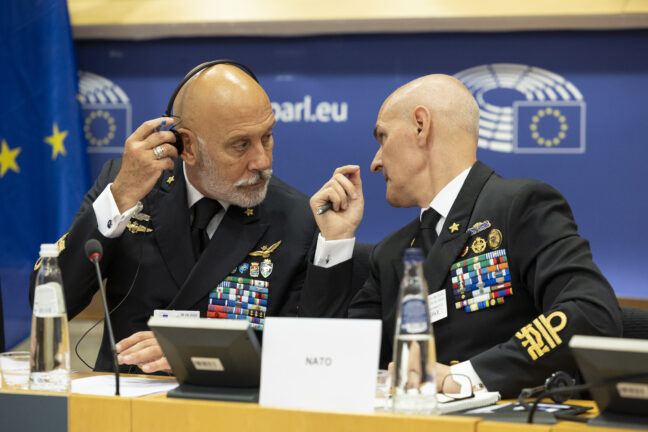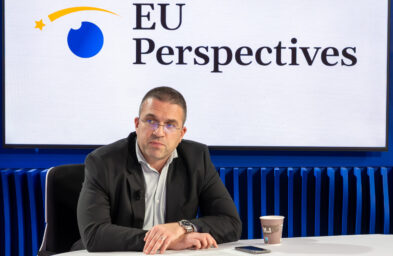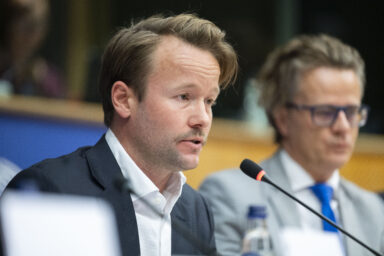The European Commission has published the mid-term evaluation of the European Defence Fund (EDF), an instrument launched in 2021 with the goal of reviving industrial and technological cooperation among EU member states in the defence sector. Though the assessment is in general positive, a number of open issues remain. These include proper governance, implementation timelines, and synergies with national military procurement policies.
The document, prepared by the Commission staff and published at the end of June, is one of the obligations set out in the EDF’s founding regulation and covers the 2021–2024 period. This is the first comprehensive evaluation of the EDF, following the pilot experiences of Preparatory Action of Defence Research (PADR) and European Defence Industrial Development Programme (EDIDP).
Over three years, 162 projects have been launched, with a total investment of €5.4 billion and the involvement of over 1,300 industrial players from 26 countries, including Norway. According to Brussels, the Fund has accelerated transnational cooperation, with projects involving an average of 19 partners from eight different countries. Small and medium-sized enterprises (SMEs) also appear to have found their place: they represent 43% of participants and receive about 20% of the funds.
Five criteria for the EU Defence
The analysis focuses on five criteria: effectiveness, efficiency, coherence, relevance, and European added value. Although it is still too early to measure the concrete impact of the projects—none has yet been completed—the Commission highlights that many of them align with the EU’s strategic priorities, including those defined by the Capability Development Plan and the Permanent Structured Cooperation (PESCO). Expected outcomes include prototypes for drones, ballistic interceptors, naval systems, and cyber technologies, which would often be out of reach for individual national budgets.
From an efficiency standpoint, the Commission notes improvements compared to previous programs, such as faster proposal evaluations and greater transparency. However, delays persist in signing grant agreements, especially for development projects, which are complicated by security requirements and national co-financing.
You might be interested
Industrial fragmentation as the biggest challenge
The assessment is clear: the EU’s intervention has generated tangible added value, which would be difficult to replicate through uncoordinated national actions. Industrial fragmentation remains a challenge, but the EDF has demonstrated its ability to act as a catalyst, supporting supply chain integration, innovation, and European strategic autonomy.
More strategic and multiannual planning approach for the future and further simplification of processes is required – European Commission
The Commission recommends a more strategic and multiannual planning approach for the future, further simplification of processes, and closer alignment between EDF results and Member States’ actual military acquisitions. The Regulatory Scrutiny Board gave a positive opinion on the analysis, while calling for a stronger intervention logic and a more robust monitoring system.
Meanwhile, the newly established Defence Committee of the European Parliament (SEDE)– formally set up in January 2025 – is preparing to play an increasingly active role in overseeing and guiding the Fund.










